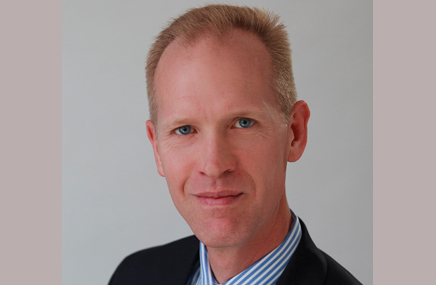I live outside of Philadelphia, and the day before Hurricane Sandy hit the northeastern seaboard last October I went to five stores looking for bottled water. While others had fully stocked houses days earlier in anticipation of the storm’s oncoming wrath, I came up empty handed. The warning signs were clear, I just chose to ignore them until it was convenient for me to prepare.
I think about that every time I hear that there is a “perfect storm” coming in healthcare. That phrase has been so overused it has almost lost its meaning. Yet it powerfully describes the colliding forces in healthcare that have created the ideal environment for disruptive changes to occur on a massive scale: cost containment, empowered patients, a heightened focus on outcomes, and technology enablement including ubiquitous connectivity.
When this storm hits we have a few choices:
1. Get soaked. Healthcare marketers were trained, for the most part, in reach and frequency, and many of our sales forces and promotional programs are still designed and measured this way. However, participating in a “healthcare anywhere” world requires a different mindset to engage providers, payers, patients and other stakeholders. If we keep trying to apply our simplistic reach-and-frequency approach to the myriad new challenges we’re not even aware of yet, we will fail. As marketers we’re in the middle of a bridge, leaving reach and frequency behind, but not quite sure what’s on the other side.
2. Buy an umbrella. We could re-skill ourselves a little, maybe by learning to build smartphone apps and starting to measure our programs differently to see if they impact health outcomes. That may help in the short term, but sustained behavior change requires a fundamental shift in how we gain insights, design compelling user experiences, iterate products and services based on continuous customer feedback, and build metrics in from the very start. The problem is, as we measure our current products and programs at higher levels of rigor required for reimbursement, we may find the results lacking.
3. Leave town before the storm hits. Some of us may decide that the changes in healthcare are just too much, and are coming too fast, and that our companies will not be able to compete. So we’ll take our transferrable skills to another industry, and hope that a perfect storm doesn’t hit there too. That would be a tragedy, because healthcare needs smart people with all types of experiences to solve its new problems in new ways.
4. Prepare. Getting ready for this storm will take more than buying a few cases of water bottles. We may find that most of the skills we have spent years developing are no longer relevant. We may need to let go of the vine we’re clinging to so we can grasp the next one. I have worked in biopharmaceuticals for over fifteen years, yet in my most recent roles I have designed medical devices, smartphone and tablet apps, and other types of software to help manage chronic disease, support behavior change, extract value from data and demonstrate improved health outcomes. I’ve had to learn new skills and change my mindset about where value is now created, and I’ll need to reassess continuously. Preparation is not something we do once. With healthcare anywhere, it’s something we do every single day.
The storm is coming, and some say it is already here. What are you going to do?
Joe Shields is an Innovator-at-Large and a leading advocate of the Healthcare Anywhere movement.
From the February 01, 2013 Issue of MM+M - Medical Marketing and Media








